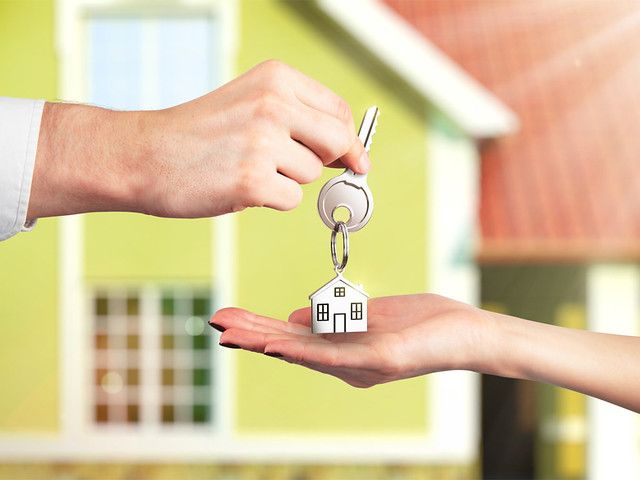Don’t let common mistaken beliefs avoid you from becoming a resident. Getting your first home can be intimidating. There’s a lot of false information floating around that can lead you to believe that having a residential or commercial property runs out of your reach. But it’s much easier than you may assume. Below’s what you require to recognize:
Purchasing versus renting
Regular monthly mortgage charges can be less than the expense of paying the lease. Plus, unlike rental settlements that often rise, you can request a fixed-rate mortgage to secure your monthly payments for the life of the financing. You can also write off the passion you pay on your home loan. (It’s tax-deductible approximately a restriction of $1 million, though always seek advice from a tax obligation consultant concerning your circumstance.) And, to top it off, you’ll be enhancing your total assets by developing equity in your house.
Making a down payment
Lenders no longer expect all buyers to have a down payment of 20 percent in order to get approved for a mortgage According to the National Association of Realtors, today most first-time house buyers placed 10% or much less down on their houses. There are also government-backed down-payment help programs readily available to assist you if you’re having difficulty generating sufficient funds.
Getting a home loan.
Don’t think you won’t be able to receive a home loan even if you have a low credit rating. If your score places you in the category of a “risky customer,” you might be needed to spend for home loan insurance coverage. You may additionally sustain a higher interest rate. But once you’ve paid your mortgage down for a year or 2, and also you improve your credit report, you ought to have the ability to terminate the insurance and also renegotiate the loan at a much better price.

Fulfilling monthly payments
If you can make your lease, you can fulfill your home loan each month. Simply be reasonable. Make certain you have sufficient money left over to pay your other bills. A lot of lenders suggest that your overall regular monthly debts, including your mortgage, ought to not go beyond 36 percent of your revenue before taxes. When you first occupy, you’ll likewise need to factor closing prices (frequently 2 to 5 percent of the house’s acquisition cost), plus moving, redecorating and maintenance into your spending plan and also allow for boosts in continuous expenditures such as utilities and taxes.
Subsidizing your home loan
Still not sure your money will extend as far as you need? Don’t step down just yet. Take into consideration obtaining a flatmate to aid meet the mortgage payments or renting the basement. If you’re self-employed, moving your office into your home may enable you to cross out a part of the expenditures (talk to a financial consultant).
Know what you’re getting
Not all mortgages are developed equally. Some newbie residence buyers, drawn in by the low month-to-month payments, select mortgages that do not permit them to develop equity, or, also worse, placed them in a circumstance where they are shedding money. Check out e-architect for more info on owning a home.



